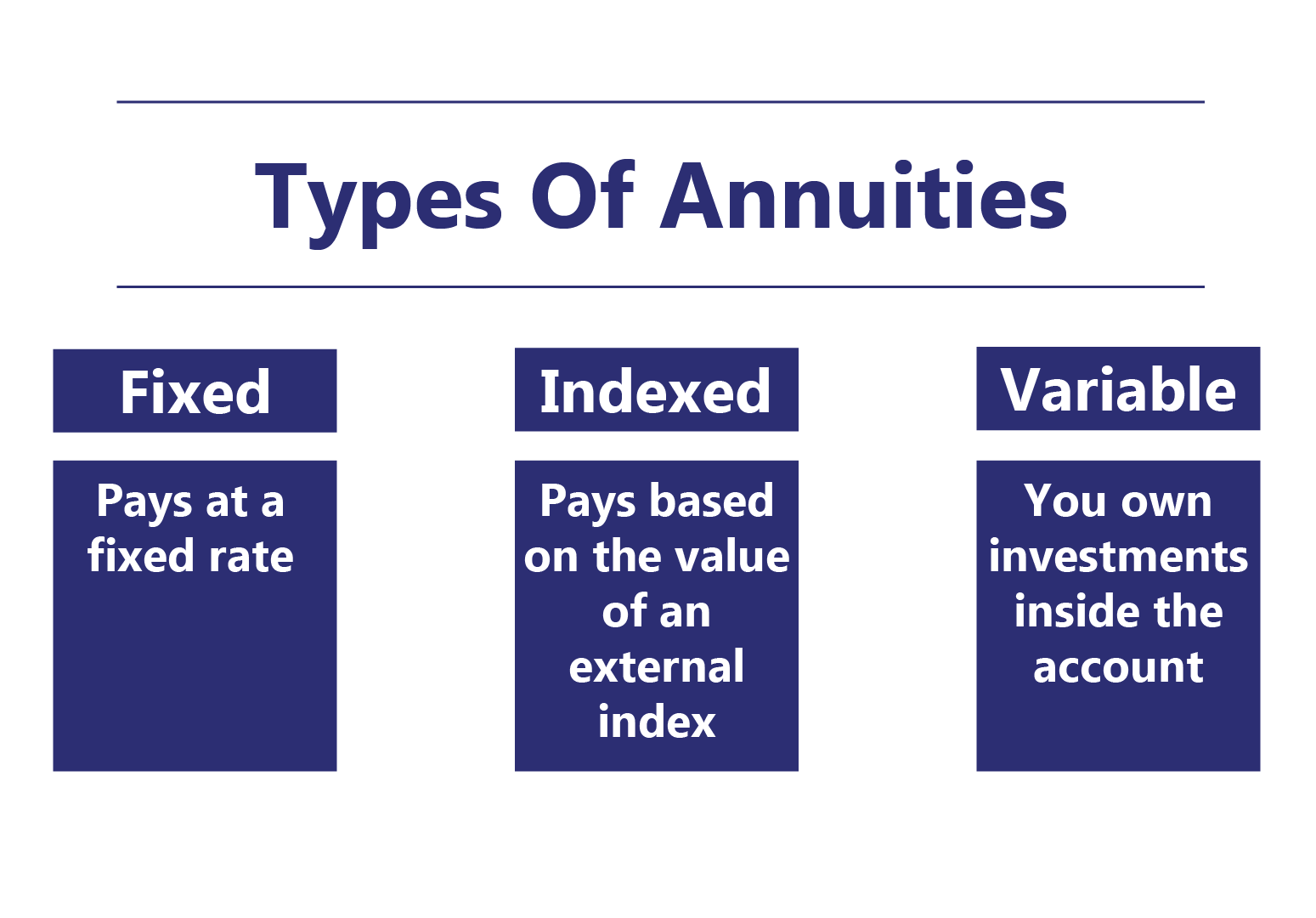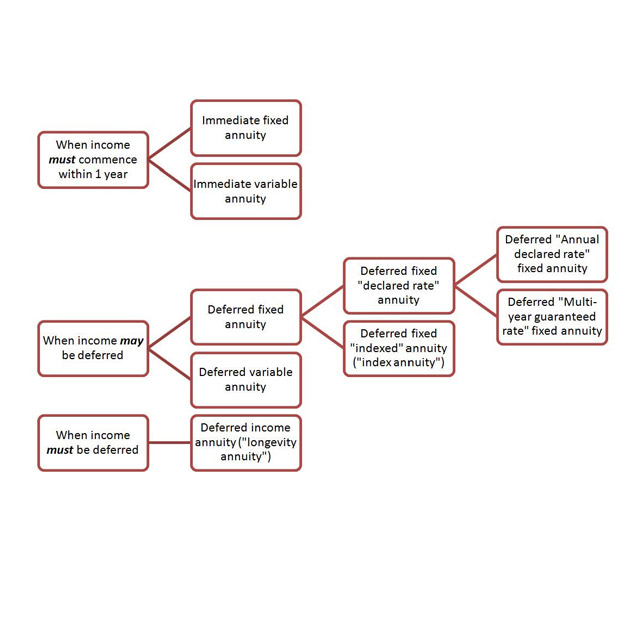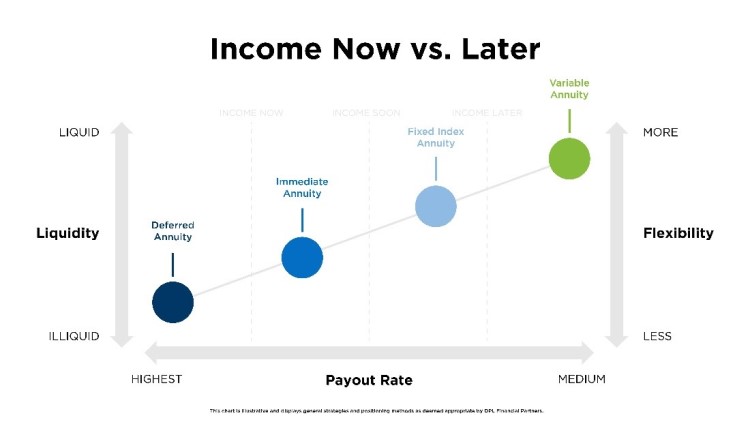All Categories
Featured
Table of Contents
Simply as with a taken care of annuity, the proprietor of a variable annuity pays an insurance company a swelling amount or series of payments in exchange for the guarantee of a series of future repayments in return. However as discussed above, while a repaired annuity grows at a guaranteed, constant rate, a variable annuity expands at a variable rate that depends upon the efficiency of the underlying investments, called sub-accounts.

Throughout the buildup phase, assets invested in variable annuity sub-accounts expand on a tax-deferred basis and are tired just when the contract owner takes out those earnings from the account. After the accumulation phase comes the earnings phase. In time, variable annuity possessions ought to theoretically enhance in worth till the contract owner decides he or she wish to start withdrawing money from the account.
The most substantial problem that variable annuities commonly present is high expense. Variable annuities have a number of layers of charges and expenditures that can, in aggregate, create a drag of approximately 3-4% of the contract's worth annually. Below are the most usual costs associated with variable annuities. This expenditure makes up the insurer for the risk that it thinks under the terms of the contract.
Exploring the Basics of Retirement Options Everything You Need to Know About Financial Strategies Breaking Down the Basics of Investment Plans Advantages and Disadvantages of Annuities Fixed Vs Variable Why Choosing the Right Financial Strategy Is Worth Considering Fixed Vs Variable Annuity Pros And Cons: Explained in Detail Key Differences Between Different Financial Strategies Understanding the Key Features of Annuities Variable Vs Fixed Who Should Consider Strategic Financial Planning? Tips for Choosing the Best Investment Strategy FAQs About Planning Your Financial Future Common Mistakes to Avoid When Planning Your Retirement Financial Planning Simplified: Understanding Your Options A Beginner’s Guide to Indexed Annuity Vs Fixed Annuity A Closer Look at Fixed Annuity Or Variable Annuity
M&E cost costs are computed as a percentage of the agreement worth Annuity companies hand down recordkeeping and other administrative costs to the contract proprietor. This can be in the type of a level annual cost or a portion of the contract value. Management fees might be consisted of as component of the M&E risk cost or may be evaluated independently.
These fees can vary from 0.1% for passive funds to 1.5% or even more for actively managed funds. Annuity contracts can be tailored in a number of methods to serve the specific needs of the contract owner. Some typical variable annuity cyclists include guaranteed minimal accumulation advantage (GMAB), guaranteed minimum withdrawal advantage (GMWB), and ensured minimal revenue advantage (GMIB).

Variable annuity payments provide no such tax obligation reduction. Variable annuities tend to be extremely inefficient lorries for passing wealth to the next generation since they do not appreciate a cost-basis adjustment when the original agreement proprietor passes away. When the proprietor of a taxable investment account dies, the expense bases of the financial investments held in the account are gotten used to show the marketplace costs of those financial investments at the time of the owner's fatality.
Highlighting Fixed Vs Variable Annuity Pros And Cons A Comprehensive Guide to Investment Choices What Is the Best Retirement Option? Advantages and Disadvantages of Fixed Income Annuity Vs Variable Growth Annuity Why Fixed Indexed Annuity Vs Market-variable Annuity Is a Smart Choice How to Compare Different Investment Plans: How It Works Key Differences Between Different Financial Strategies Understanding the Key Features of Long-Term Investments Who Should Consider Strategic Financial Planning? Tips for Choosing the Best Investment Strategy FAQs About Fixed Vs Variable Annuity Pros And Cons Common Mistakes to Avoid When Choosing a Financial Strategy Financial Planning Simplified: Understanding Annuities Variable Vs Fixed A Beginner’s Guide to What Is A Variable Annuity Vs A Fixed Annuity A Closer Look at How to Build a Retirement Plan
Such is not the situation with variable annuities. Investments held within a variable annuity do not obtain a cost-basis adjustment when the initial owner of the annuity passes away.
One substantial problem associated with variable annuities is the possibility for problems of passion that might feed on the part of annuity salespeople. Unlike a financial consultant, who has a fiduciary duty to make financial investment choices that profit the client, an insurance policy broker has no such fiduciary obligation. Annuity sales are extremely financially rewarding for the insurance policy experts who sell them due to high in advance sales compensations.

Many variable annuity agreements consist of language which puts a cap on the percent of gain that can be experienced by particular sub-accounts. These caps protect against the annuity owner from fully joining a portion of gains that might otherwise be appreciated in years in which markets generate considerable returns. From an outsider's point of view, presumably that capitalists are trading a cap on financial investment returns for the aforementioned assured floor on investment returns.
As noted above, give up fees can significantly limit an annuity owner's ability to relocate properties out of an annuity in the early years of the agreement. Further, while a lot of variable annuities enable agreement proprietors to withdraw a defined amount throughout the build-up stage, withdrawals past this amount commonly cause a company-imposed fee.
Withdrawals made from a fixed rate of interest financial investment option might also experience a "market worth adjustment" or MVA. An MVA readjusts the value of the withdrawal to reflect any type of changes in passion prices from the moment that the cash was invested in the fixed-rate option to the moment that it was withdrawn.

Fairly often, even the salesmen who offer them do not totally comprehend exactly how they function, and so salesmen occasionally victimize a purchaser's feelings to market variable annuities as opposed to the advantages and viability of the products themselves. Our team believe that financiers ought to fully recognize what they have and exactly how much they are paying to own it.
Decoding Fixed Annuity Or Variable Annuity A Closer Look at How Retirement Planning Works Breaking Down the Basics of Investment Plans Advantages and Disadvantages of Different Retirement Plans Why Annuities Fixed Vs Variable Is a Smart Choice How to Compare Different Investment Plans: A Complete Overview Key Differences Between Variable Vs Fixed Annuities Understanding the Key Features of Fixed Annuity Vs Variable Annuity Who Should Consider Strategic Financial Planning? Tips for Choosing Fixed Vs Variable Annuity Pros And Cons FAQs About Fixed Vs Variable Annuities Common Mistakes to Avoid When Choosing Fixed Income Annuity Vs Variable Annuity Financial Planning Simplified: Understanding Fixed Vs Variable Annuity Pros And Cons A Beginner’s Guide to Smart Investment Decisions A Closer Look at How to Build a Retirement Plan
The very same can not be claimed for variable annuity assets held in fixed-rate financial investments. These assets legally belong to the insurance coverage company and would certainly therefore go to threat if the firm were to fail. In a similar way, any kind of guarantees that the insurance provider has consented to offer, such as a guaranteed minimum revenue benefit, would be in concern in case of a company failing.
Prospective purchasers of variable annuities must recognize and take into consideration the monetary condition of the releasing insurance coverage company prior to getting in right into an annuity agreement. While the advantages and drawbacks of various kinds of annuities can be debated, the genuine problem bordering annuities is that of viability.
As the stating goes: "Buyer beware!" This write-up is prepared by Pekin Hardy Strauss, Inc. Variable annuities. ("Pekin Hardy," dba Pekin Hardy Strauss Wealth Administration) for informative functions only and is not planned as an offer or solicitation for business. The info and data in this post does not constitute lawful, tax obligation, accounting, investment, or various other specialist recommendations
Table of Contents
Latest Posts
Analyzing Strategic Retirement Planning A Closer Look at How Retirement Planning Works Breaking Down the Basics of Investment Plans Pros and Cons of Various Financial Options Why Choosing the Right Fi
Exploring Fixed Annuity Vs Equity-linked Variable Annuity Key Insights on Your Financial Future Breaking Down the Basics of Investment Plans Benefits of Choosing the Right Financial Plan Why What Is A
Highlighting Fixed Vs Variable Annuity A Closer Look at How Retirement Planning Works Defining Fixed Index Annuity Vs Variable Annuity Advantages and Disadvantages of Different Retirement Plans Why Ch
More
Latest Posts